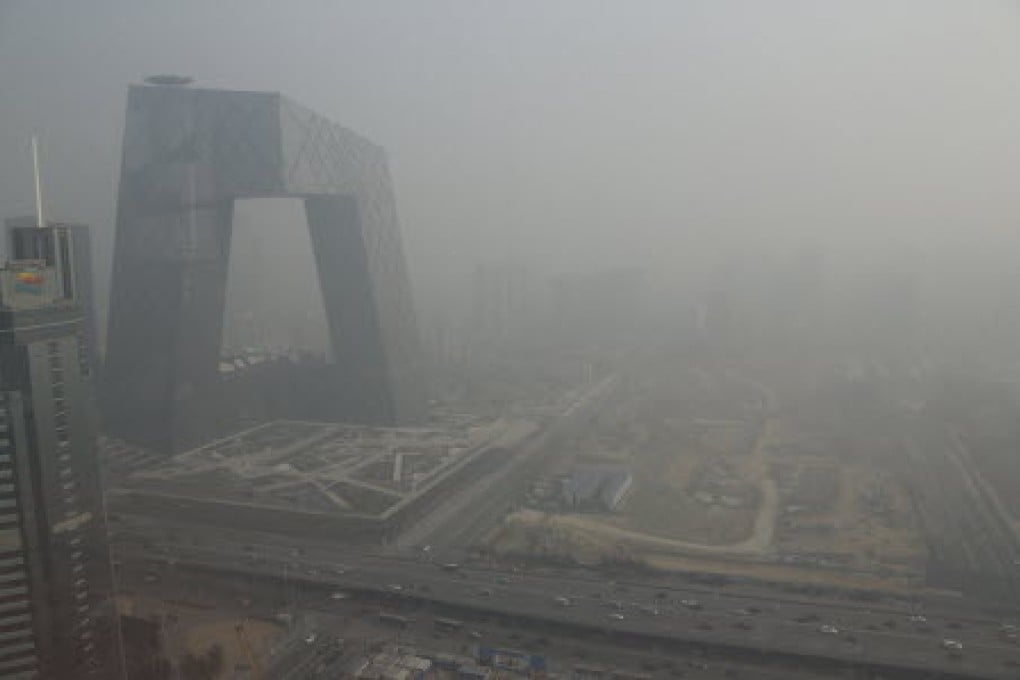Scientists cast doubt over Beijing smog-busting technology projects
Researchers say using drones to spray chemicals cannot cope with the magnitude of the problem

Scientists have questioned whether specialised anti-smog technology, including the use of drones to disperse air pollution with chemicals, will have any significant impact on the problem.

The capital's meteorological bureau would spend 20 million yuan (HK$25 million) this year carrying out experiments aimed at reducing air pollution, the city government said.
No details were given of the equipment to be tested, but the cash will come on top of routine spending on weather-modification technology, such as cloud seeding used to produce rain.
The authorities in Beijing have come under intense criticism from the public in recent weeks and accused of failing to take decisive action to tackle smog. Concentration of PM2.5 levels in the capital exceeded 500 last month, according to US embassy data. The World Health Organisation recommends day-long exposure levels of 25.
One of the technologies scientists in the city have previously said they were investigating was spraying super-cold gas produced from liquid nitrogen into the air. It is hoped that a belt of cooler air, less than 20 metres thick, could stop polluted air from reaching street level.